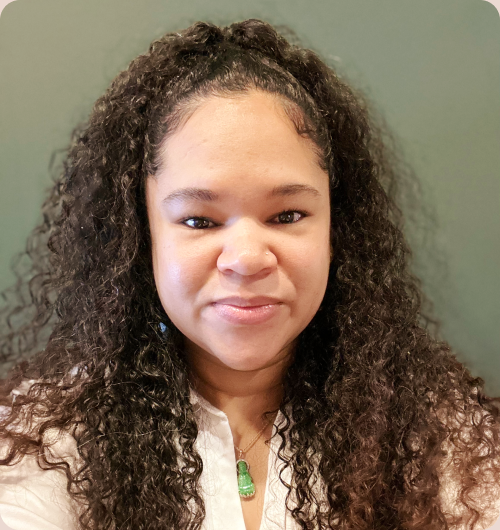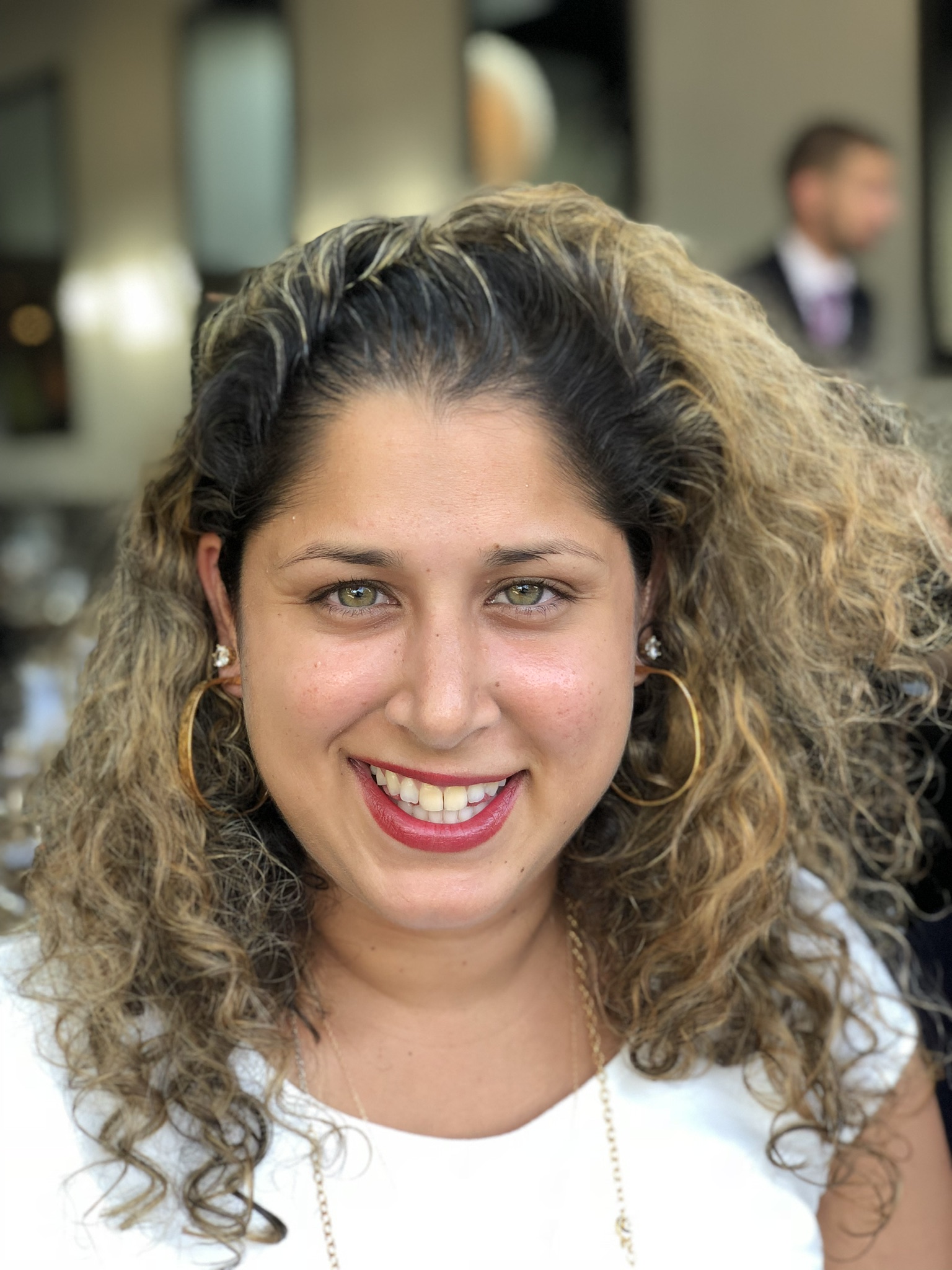


What To Expect?
Compassionate Medical Staff Devoted to Your Care
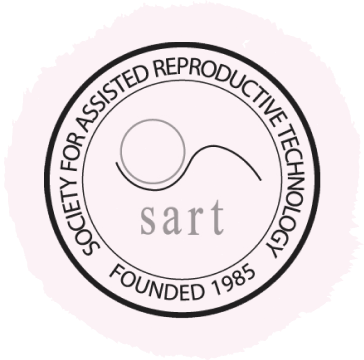
Our fertility clinic is committed to helping you achieve your dream of bringing a new baby into your life.
We provide highly successful advanced reproductive care that prioritizes your comfort and relaxation. Our objective is to create an environment where you feel as if you are visiting a friend rather than a clinical facility.


Treatment Flow

When you make your initial call to Bay IVF, you will be asked a short series of screening questions about your reproductive history.

At the end of the call, you will be scheduled for an initial consultation with Dr. Polansky.

Once your consultation is scheduled, you will receive a confirmation email.

Approximately two to three days before your appointment, you will receive another email containing final instructions for your appointment.

Upon receiving the email, please confirm your appointment by replying via email, sending a text, or making a phone call.

The day prior to your appointment, Dr. Polansky will review all available information, including your previous medical records.
The entire consultation will last approximately 60 minutes. Upon arrival at the clinic, one of the IVF nurses will record your vital signs, weight, and height.
The nurse will then provide Dr. Polansky with a brief report and any relevant updates.
Dr. Polansky will meet you in the waiting area, welcome you, and take you to his office.
Dr. Polansky will begin by discussing the potential causes of your infertility and then propose the most suitable treatment options for you.
You will then be escorted to one of the exam rooms. Dr. Polansky will listen to your lungs and heart and perform a pelvic ultrasound to assess the number of antral follicles in your ovaries.
Dr. Polansky will review your examination findings and confirm the most appropriate treatment for you.
After the brief examination, you will return to the receptionist area and discuss the next steps and the associated costs of your treatment plan.
As you progress with your treatment, the next step will involve completing the necessary prerequisites, such as medical tests, paperwork, etc., which are typically quick, easy, and straightforward.
Treatment will start with the onset of your menstrual periods. We will develop a treatment calendar for you and send it via email.
A complete cycle of reproductive treatment usually takes approximately six to eight weeks and will only require a few brief visits to our Clinic.
A pregnancy test will be conducted ten days after the completion of treatment. A pregnancy heartbeat ultrasound will be scheduled two weeks later if the test is positive.
If the ultrasound results are normal, your care at Bay IVF will conclude, and you will transition back to your regular OB/GYN for prenatal care.


Prerequisites for IVF, Embryo Banking, and Gender Selection
Only a few treatment prerequisites are needed before the start of your treatment. They assess the egg and sperm quality and ensure that embryos can be accurately placed in a healthy uterus.
Female partner’s age
The likelihood of a successful IVF treatment significantly decreases by the age of 44. To be eligible for IVF treatment, you must be 43 years and 11 months or younger when your treatment begins. Patients who are 44 and older should strongly consider Donor Egg IVF as the most effective treatment option for achieving a successful pregnancy.
Female partner’s weight
For an optimal ovarian response and your safety during the egg retrieval procedure, it is important that your BMI is no greater than 31. If your BMI is higher, we recommend following the IVF Diet and Lifestyle (PDF) recommendations as closely as possible. By doing so, you can achieve weight loss at an appropriate rate, which may significantly enhance your chances of a successful pregnancy.
Pathogen testing
This testing is required by the State of California. You and your partner (if applicable) must be tested for Hepatitis B-Surface Antigen, Hepatitis C-Antibody, HIV I&II, HTLV I&II, and RPR.
Ovarian Reserve Assay (ORA)
ORA assesses the likelihood of producing normal-quality eggs. It involves measuring the levels of Follicle Stimulating Hormone (FSH), estradiol (estrogen, E2), and Anti-Mullerian Hormone (AMH) in the blood.
These test results provide insights into the quality of eggs and are utilized to optimize your ovarian stimulation.
Uterine measurement and saline ultrasound
Knowing the length of the uterus is essential for precise embryo placement. Saline ultrasound is performed to eliminate the presence of intrauterine polyps and fibroids.
Semen evaluation
The male partner’s semen will be assessed at the Bay IVF laboratory to determine the optimal method of semen preparation for IVF egg insemination.
Parents’ genetic testing (optional)
All prospective parents should consider genetic screening for hundreds of the most prevalent genetic diseases. Please inform us during your initial appointment at Bay IVF if you would like to have your blood sample sent for genetic screening.
IVF diet and lifestyle
Environmental factors can greatly influence reproductive health. We encourage you to review the IVF Diet and Lifestyle document (PDF) for a comprehensive list of requirements regarding reproductive health and a recommended source for dietary supplements.

Purchasing Frozen Donor Eggs
Finding an Egg Donor
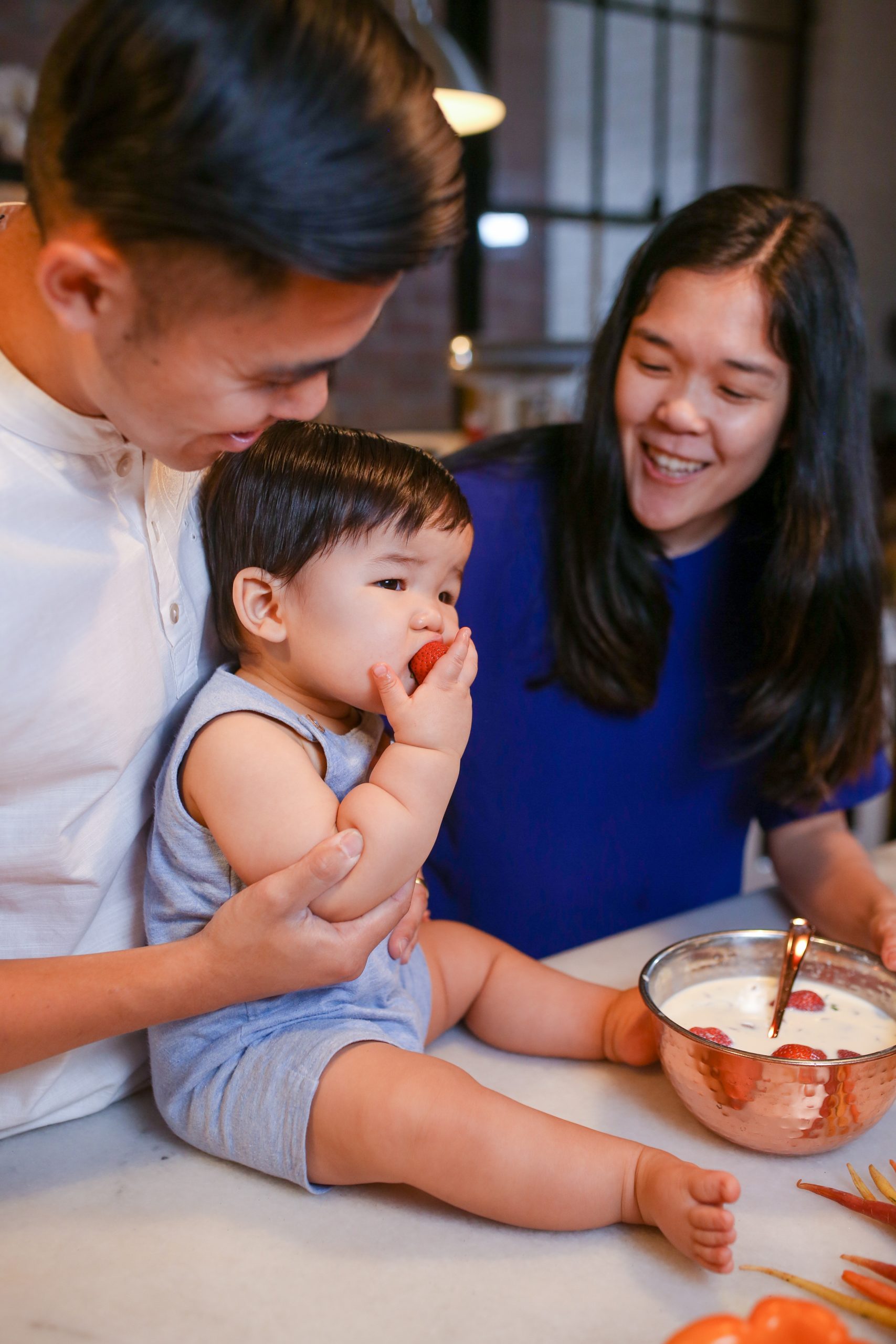
You choose your frozen donor eggs from a donor egg bank catalog, and the egg bank will ship your selected frozen eggs to our Clinic.
The recommended egg banks by our embryologists include Fairfax Egg Bank, Donor Egg Bank USA at California Cryobank, Cryos International-USA, and The World Egg and Sperm Bank.
Alternatively, you may be able to find an egg donor who is blood-related to you (the female partner) to preserve the genetic link, or you could choose an anonymous pre-screened egg donor from an egg donor agency. The donor will then become a patient at our Clinic.
Whether you use frozen donor eggs or an egg donor, once your Donor Egg IVF treatment is completed, your pregnancy will be indistinguishable from conception through intercourse.

Out of San Francisco Bay Area Patients
Out-of-area patients/egg donors will need to go through the following steps first:
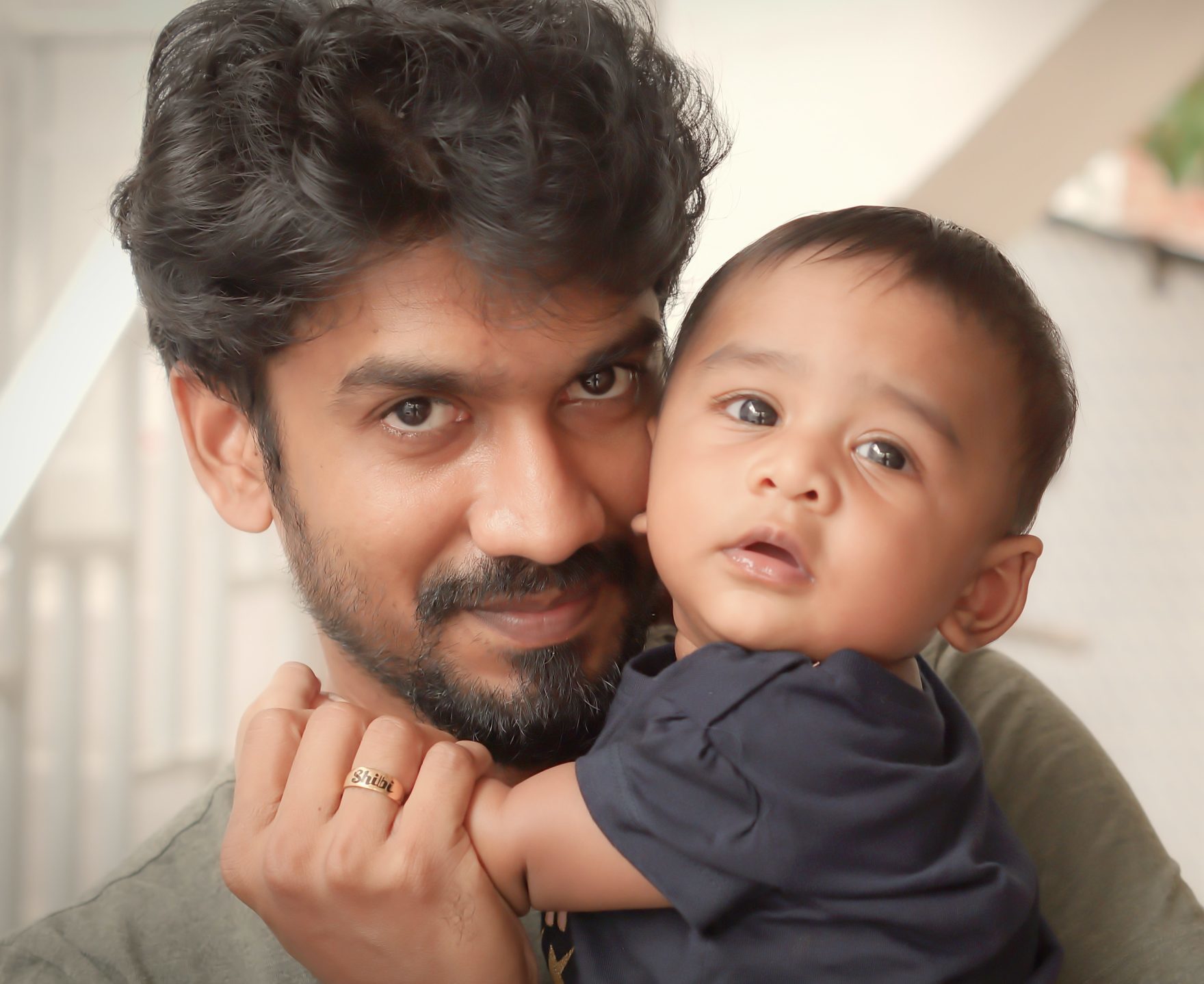
- Prior to your initial visit, you must undergo a preliminary ultrasound examination of your uterus and ovaries.
- Please have your FSH, estrogen, and AMH levels measured within the first four days of your menstrual period.
- If the results of these tests are within the normal range, we will proceed to schedule your initial visit with us.
- Your treatment can commence as early as your first menstrual period following the initial consultation at Bay IVF.
- The ovarian stimulation phase is expected to last approximately one to two weeks. It is important that you are available for regular visits to our clinic during this time.
- Once you have undergone your embryo transfer (or the day after egg retrieval for egg donors), you will be free to travel outside of the area.


FAQ — Find Answers to Your Queries
Here are some of the most commonly asked fertility-related questions. A more comprehensive FAQ selection is available on the FAQ page.
Should we transfer one or two embryos?
About half of our patients transfer two embryos at a time, while the other half choose to transfer only one embryo in each transfer. We will always provide guidance, but you will have the final say in whether to transfer one or two embryos.
What is gender selection treatment?
Gender selection is an extension of IVF treatment that utilizes the Pre-implantation Genetic Testing (PGT) procedure to identify the gender of each embryo. With this method, prospective parents can know the gender of each embryo with 100% accuracy prior to transfer into the uterus.
I am from the LGBTQ+ community. Can I have my treatment at Bay IVF?
Yes! We take pride in being one of the first fertility clinics in Northern California to offer In Vitro Fertilization services for lesbian partners. Our clinic is LGBTQ+ friendly and experienced in both lesbian IVF and Reciprocal IVF.
Is the egg retrieval procedure painful?
Your egg retrieval should be a very comfortable experience, as we use effective pain and relaxation medications. Most patients will sleep through the 5-10 minute egg retrieval procedure, though some may experience mild menstrual-like cramping.
What is the IVF cut-off age?
The probability of a successful IVF treatment becomes exceedingly low by age 44. You must be 43 and 11 months or younger at the time your IVF treatment begins. Patients who are 44 and older should strongly consider Donor Egg IVF as the most effective treatment option to achieve a successful pregnancy.
I am over 44, but my ovarian reserve is very good. Can I do IVF treatment?
We have occasionally provided IVF treatment to women over the age of 44 when their antral follicle count and AMH results suggest that their eggs are biologically younger than their chronological age.
What are the BMI requirements?
Your BMI must be no greater than 31 for an adequate ovarian response and safety during the egg retrieval procedure. If your BMI is higher, please follow the IVF Diet and Lifestyle (PDF) recommendations as closely as possible. Doing so can help you achieve weight loss at an optimal rate, which could significantly improve your chances of a successful pregnancy.
Do you offer payment plans?
Bay IVF has partnered with Future Family to offer accessible, personal, and affordable fertility care financing. Their mission is to make fertility care more accessible and affordable. Future Family loans are an alternative to high-interest credit cards and dipping into your savings. They offer 0% APR financing for those who are eligible, as well as low monthly payment plans. Prequalifying is risk-free, easy, and will not affect your credit score.
Meet Your Doctor

- Dr. Polansky received his medical diploma from Charles University in Prague, the Czech Republic, in 1978.
- After completing his OB/GYN residency at Jewish Hospital in Saint Louis, MO, he graduated from the Reproductive Endocrinology and Infertility (REI) fellowship at Stanford University in 1985.
- In the same year, he co-founded the Stanford IVF Clinic.
- Dr. Polansky obtained board certification in Obstetrics and Gynecology in 1986 and became REI subspecialty board certified in 1988.
- In 1987, he left Stanford University and established Nova IVF.
- In 2011, he founded Bay IVF, where he provides advanced fertility treatments with a holistic approach, utilizing state-of-the-art techniques.
- Dr. Polansky personally performs ultrasound examinations, egg retrievals, embryo transfers, and ovarian and endometrial stimulations for his patients.
- He is deeply committed to his patients and is always ready to lend a helping hand.
Frank Polansky, M.D.



Initial Appointment Questions
When you call to schedule your consultation, one of our Front Office Coordinators will ask you a short series of questions regarding your reproductive history.
Your Initial Visit at Bay IVF
Attending a new patient appointment at a fertility clinic can be stressful. Our primary objective is to ensure that your initial visit is friendly and relaxing. We encourage you to ask questions at every step of the process.
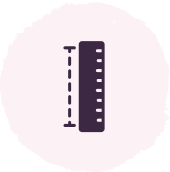
1 — When You Arrive
You will be welcomed by one of the clinic receptionists. One of our nurses will measure your height and weight and take your blood pressure

2 — Meet Your Doctor
Dr. Polansky will ask you a series of clarifying questions and then provide you with a summary of the factors contributing to your infertility

4 — Exam Room
One of the nurses will escort you to an examination room. Your examination will begin with listening to your lungs and heart

3 — Ask Your Questions
You will then have a discussion with him about the most suitable reproductive treatment(s) for you. During this time, you will have the opportunity to ask any questions you may have

5 — Ultrasound of the Ovaries
The next step is a pelvic ultrasound to examine the uterus and ovaries. This ultrasound will help determine the number of antral follicles present within the ovaries

6 — Financial Part
Following that, you will have a discussion with one of the financial advisors regarding the financial aspects of your treatment, including potential treatment financing options

8 — Support 24/7
If you have any questions after leaving the clinic, please feel free to reach out to us via phone call, text, or email. Open and discreet communication is an integral part of the care we provide at Bay IVF

7 — What About Time?
Your entire visit is expected to last approximately one hour


Schedule Your Initial Consultation With Dr. Polansky
Online (No Cost) or In-Person
Call or Text Us: 650-322-0500
You can also complete the form below to request your initial consultation


We look forward to meeting you at Bay IVF and, when your treatment is successful, celebrating your new pregnancy!





